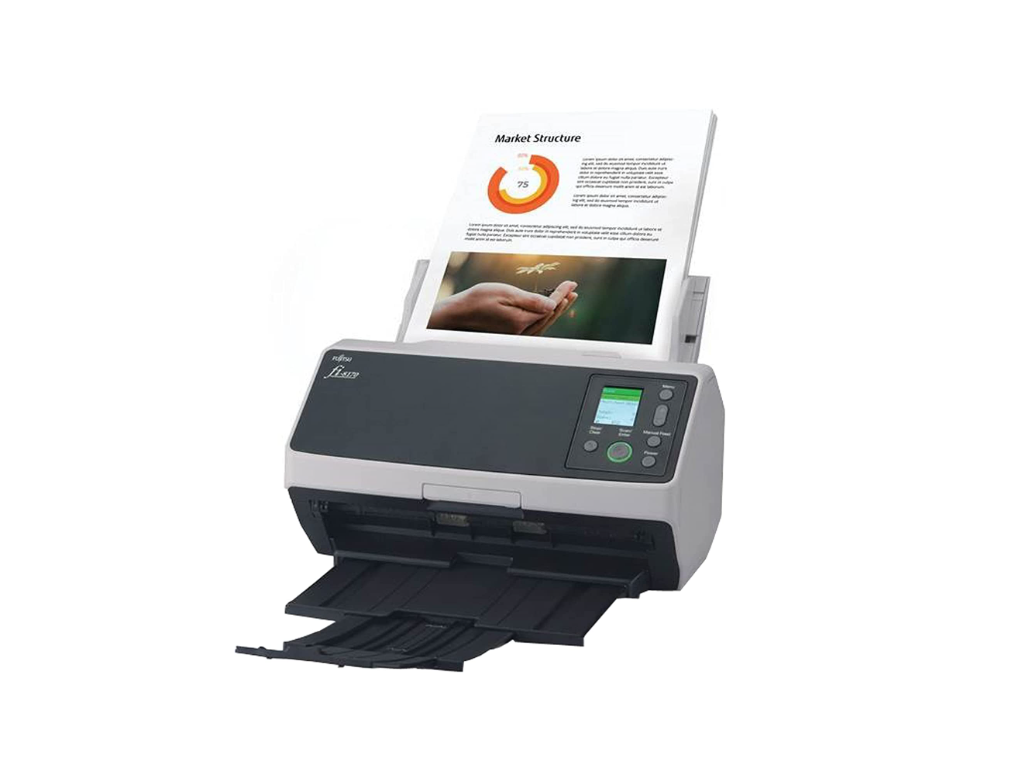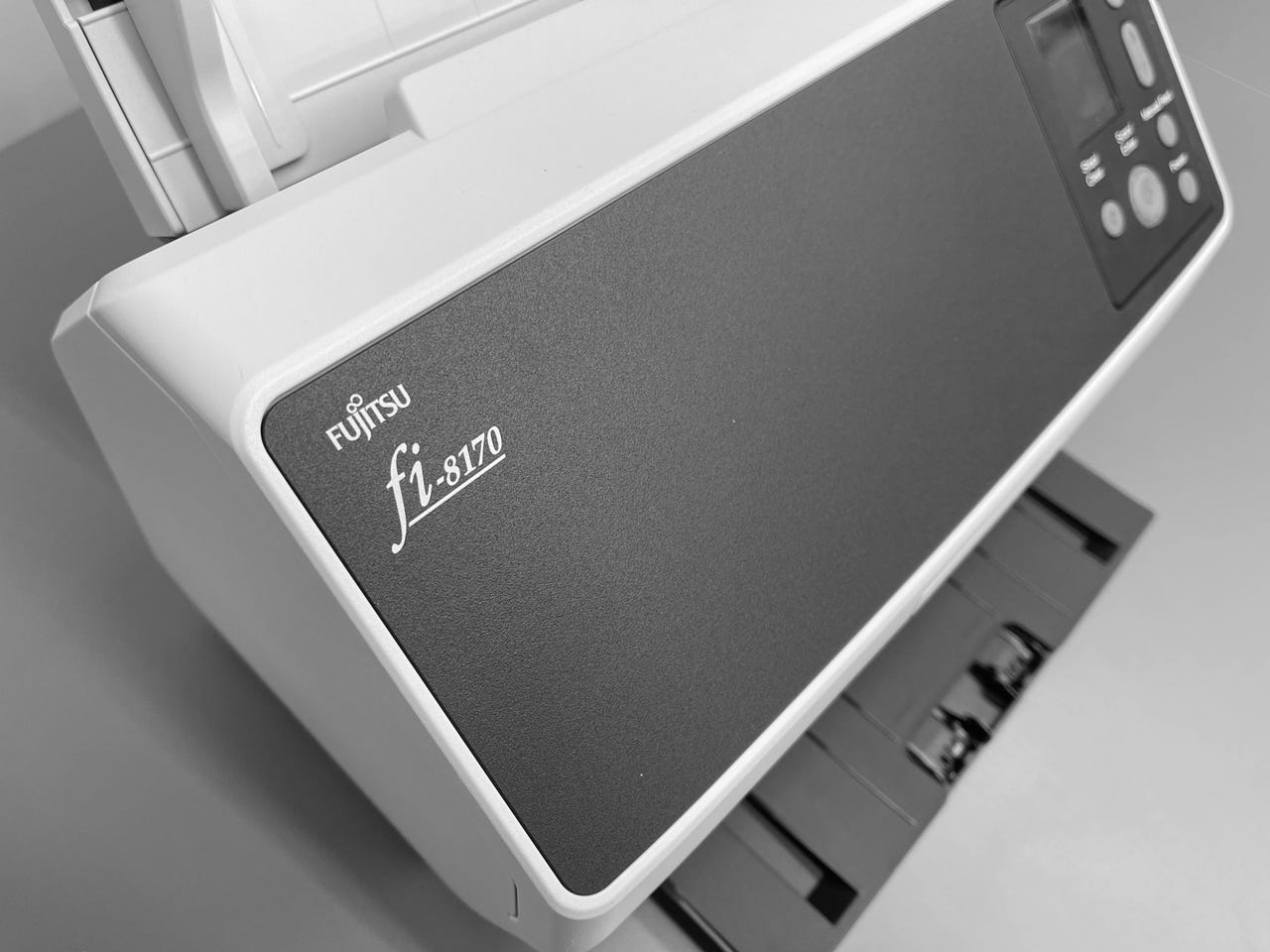'ZDNET Recommends': What exactly does it mean?
ZDNET's recommendations are based on many hours of testing, research, and comparison shopping. We gather data from the best available sources, including vendor and retailer listings as well as other relevant and independent reviews sites. And we pore over customer reviews to find out what matters to real people who already own and use the products and services we’re assessing.
When you click through from our site to a retailer and buy a product or service, we may earn affiliate commissions. This helps support our work, but does not affect what we cover or how, and it does not affect the price you pay. Neither ZDNET nor the author are compensated for these independent reviews. Indeed, we follow strict guidelines that ensure our editorial content is never influenced by advertisers.
ZDNET's editorial team writes on behalf of you, our reader. Our goal is to deliver the most accurate information and the most knowledgeable advice possible in order to help you make smarter buying decisions on tech gear and a wide array of products and services. Our editors thoroughly review and fact-check every article to ensure that our content meets the highest standards. If we have made an error or published misleading information, we will correct or clarify the article. If you see inaccuracies in our content, please report the mistake via this form.
Fujitsu fi-8170 scanner review: A powerful, lightning-fast professional scanner

I've looked at a lot of scanners over the years. The Raven Pro I reviewed last year is excellent; but I keep coming back to Fujitsu scanners. The reason is simple: they work. My wife and I have bought four ScanSnap scanners. They range from desktop size to tiny handheld. Our oldest is about a decade old now, and all of them just keep working. We have had to replace some consumables (like pads and pick rollers) as the paper friction wears out the rollers over time. Properly maintained, the scanners just keep working.
Also: Fujitsu ScanSnap iX1600: Wireless game-changer
So when Fujitsu asked me if I wanted to review their enterprise-class fi-8170, I had to say yes.
Here are the specs of the fi-8170 scanner I've been testing:
- Scanning speed: Simplex 70 ppm at 200/300 dpi, duplex 140 ipm at 200/300 dpi
- Optical resolution: 600 dpi
- Output resolution: 0 to 600 dpi, 1200 dpi via the driver
- Output format: Color at 24-bit, grayscale at 8-bit, monochrome at 1-bit
- Document size maximum: 8.5 x 14 inches
- Document size minimum: 1.9 x 2 inches
- Long page scanning: Up to 240 inches
- Paper weight: Thickness from 5.3 to 124-pound stock
- Booklet thickness: 7 mm (0.276 inch) or less
- Plastic card thickness: 1.4 mm (0.055 inch) or less
- ADF capacity: 100 sheets
- Expected daily volume: 10,000 sheets
- USB interface: Supports USB 3.2 Gen1x1, USB 2.0, USB 1.1
- Ethernet: Supports 10BASE-T, 100BASE-TX, 1000BASE-T
Scanning performance
With an expected volume of a whopping 10,000 sheets per day, the fi-8170 is a beast, even though it's almost exactly the same size and shape as the desktop ScanSnap it's going to replace. Don't get me wrong: that old ScanSnap still works -- it's just that this is oh, so much more powerful.

Fujitsu fi-8170 scanner
pros and cons
- Way fast
- Flexible material handling
- Lots of document types, thicknesses, and sizes supported
- Drivers for Windows, Mac, and Linux
- No Wi-Fi or any wireless connectivity
- Clunky Windows-only software application
- Enterprise-grade solution requires pricy add-on licenses
The first is speed. It rockets through pages at 70 pages per minute. That's sheets of paper through the scanner. If you scan duplex (on each side), it can grab 140 images per minute. Let's put that in perspective. The book Harry Potter and the Sorcerer's Stone is 309 pages. A Game of Thrones: A Song of Ice and Fire (the first book in the series) is 694 pages. At 140 images per minute, the fi-8170 could scan both of them in just over seven minutes.
Now, of course, you're more often going to be scanning in business documents, but that gives you some idea of the pace of the scanner. It's really, really fast. The automatic document feeder holds up to 100 sheets, so the slowest factor in scanning performance will be how fast you can load more paper.
When scanning in huge stacks of documents at super-fast speeds, there is a problem. On many scanners, the pages sometimes feed together, causing misfeeds. Fujitsu has an interesting technology in the fi-8000 series called Automatic Separation Control. As the volume of documents to be scanned increases, the scanner switches to a stronger torque level. This flexibility helps to ensure documents feed reliably.
The feed management in this scanner is very smart. It can identify thicker documents (ID cards, credit cards, folders, envelopes, passports) which help the device prevent misfeeds. And it scans all these document types without any carrier or transport holder.
One feature I found particularly nifty is the overscan protection. Let's say you're scanning in a document, and it's not quite straight in the scanner. On traditional scanners, part of the document might be missed. Typically, those corners have page numbers, dates, and various signatures -- all of which are very important and must be preserved when being scanned in.
The fi-8170 detects offset documents and extends the scanning area to grab those image edges. It's a lot like video stabilization in cameras. The camera grabs a larger area to deliver a stabilised image but then rotates and crops each frame to make sure the video is smooth -- the fi-8170 works in a similar way, but one frame (or image) at a time.
Overall image quality is excellent, as is the color presentation. Unfortunately, the fi-8170 only has Ethernet and USB for connectivity. There is no Wi-Fi. After looking at other Wi-Fi scanners and the incredible flexibility they provide (I'm talking about the Fujitsu ix1600 in particular), it was really disappointing to realize you couldn't set up a central wireless scanning station with the fi-8170. It has to be physically connected to your network or computer.
The software
The software situation is a bit disconcerting for someone coming to the fi-8170 from the ScanSnap line. First, the super-familiar ScanSnap software is nowhere to be found. Instead, the fi-8170 comes with two products under the PaperStream brand.
ZDNET Recommends
PaperStream ClickScan does what its name implies. It allows you to put a document in the scanner, push the scan button right on the scanner, and it scans. Click, and it scans. ClickScan. Get it? Got it.
Then there's PaperStream Capture Pro, which is meant as a departmental scanning solution. It incorporates image correcting and workflow features, allowing scans to transition between workers for indexing, quality checks, and final filing. To use PaperStream Capture Pro, you'll also need to get the$469 PaperStream Capture Pro QC/Index Station Software License, which allows an additional worker to evaluate scan quality and process it accordingly.
Now, here's where things start to get a little ugly. Out of the box, the fi-8170 doesn't come with any software that works with the Mac. The PaperStream programs are Windows only. Period.
Honestly, though, I don't think it's a great loss for Mac users. As useful as the ScanSnap software has been over the years, I've always found it to be a bit intrusive. And while you can't run PaperStream on a Mac, you can still use the fi-8170. It's just that Fujitsu doesn't go out of its way to tell users how to accomplish that -- but I will.
First, Fujitsu does provide a downloadable driver for the Mac. Just click to this download page. Happily, it supports the latest Monterey MacOS release and goes as far back as Catalina. Once you install the driver, you can use the Mac's built-in Image Capture utility to scan in documents. Image Capture works fine with scanners and has support for document feeders.
Gary Rosenzweig over at the wonderful MacMost has a great free tutorial on how to use Image Capture, in particular with scanners. So while Fujitsu may not provide any hand-holding to Mac users, Gary certainly does.
Are you someone who should buy this scanner?
So do you really need this scanner? After all, at about a thousand bucks, it's three times more than perfectly good document scanners, even the ScanSnaps from Fujitsu.
Look at it this way. Back in the day, a blender company wanted to prove it was the strongest blender out there, so it started running viral videos with the headline, "Will it blend?" They threw all sorts of things into that blender, culminating in an iPhone, which they proceeded to grind up into little shards. Most people don't need a blender strong enough to puree an iPhone, but it was clear what blender to buy for those folks who did.
When it comes to scanners, think about it this way. Are you someone who wants to blend a fruit drink or an iPhone? Are you someone who wants to sew two pieces of cloth together, or do you need a sewing machine that can punch a needle through cowhide a thousand times an hour? Are you someone who needs a sawzall to cut back some overgrown branches, or are you someone who needs a five foot chain saw to chop up a grove of broken trees uprooted in the latest hurricane? Are you someone who needs a car to commute to work, or are you someone who needs to summon 807 horsepower in order to do a quarter mile from standing in 10.5 seconds?
Are you someone who needs to scan in a few documents once in a while, or are you someone who needs to suck an entire garage full of documents into the cloud as fast as possible so you can get your life back?
Image: David Gewirtz / ZDNet
Only you know if you need a friendly little scanner or if you need a scanning monster. That's how you decide. As for a review score, we give it an 8.5 out of ten. The scanner itself is a very robust piece of machinery, but the software (and lack thereof for Mac and Linux) brings the score down into the mid-eights.
What do you think? Do you need a scanning monster? Do you have another document scanner you like? Do you have any hard-fought document scanning and management stories you want to tell us? Feel free to share in the comments below.
You can follow my day-to-day project updates on social media. Be sure to follow me on Twitter at @DavidGewirtz, on Facebook at Facebook.com/DavidGewirtz, on Instagram at Instagram.com/DavidGewirtz, and on YouTube at YouTube.com/DavidGewirtzTV.
